History of tank helmet
The first tanks appeared on the battlefields only during the First World War. It is worth noting that these iron monsters were not distinguished by their special manufacturability, and it’s not even necessary to speak about the comfort of the work of their crew members. The service of the first tankers was, to put it mildly, uncomfortable. The tightness, exhaust fumes, the heat from the engine, the smell of fuel, strong shaking when driving - this is just a small list of what the first tankmen had to face. In case of contact with the tank, the crew could easily lose sight due to small fragments and hot metal splashes. And the usual domestic injury, hitting his head in an awkward movement, could be obtained in a tank standing in place. Since the formidable fighting vehicles appeared on the battlefield at the height of the war, there was simply no special uniform for tankers. Initially, they were supplied with what was at hand. In England, for tankers, the already existing infantry helmet Mk.I was specially upgraded, because of its form, it is known in the common people as a "bowl".
This helmet was made of an alloy of steel and manganese; for this reason, the first English helmets practically did not magnetise, and they were only one size. The thickness of the steel used was 0,9 mm, the weight of the helmet Mk.I - 950 grams. This helmet was fitted with a balaclava, which was made of waxed fabric, under which a rope net was attached, intended to regulate the size of the balaclava. The cap comforter itself was fastened with the help of one riveting, which was located in the central part of the dome of the helmet. An antiseptic cotton lining was attached to the dome from the inside, which was designed to absorb sweat. Initially, helmets were painted in khaki color, occasionally camouflaged on him in field conditions, later on helmets of soldiers of auxiliary units began to be painted in dark blue or black. With 1916, sand was added to the paint during dyeing in order to eliminate unnecessary shine.
In June 1916, the Military Department Eye Protection Committee, specially created under the Department of Supply, created a new version of the Cruise 1 (Cruise I) helmet, which was named after the head of this committee, Captain Richard Cruise. A special feature of this helmet was a thick chain mail mask with small cells. This mask was attached to the helmet on a special wire shackle. To fix it, it was attached with a chain either to the chin strap, which the soldier in this case should have thrown under the back of the head, or to the back of the fields of the helmet itself. Initially, this helmet was designed for the needs of the trench warfare; signallers and gunners were supposed to arm themselves with it, but the helmet was also useful for the first tank crews. In 1917, an improved helmet version was released, called the Cruz-2. In it the chain mail mask was supplemented with a special lever-jamb. A small-looking detail performed two functions at once: in the combat position, this nose pane prevented the tanker's skin from contacting the metal, and during a gas attack or if inside the tank it became just impossible to breathe due to smoke and powder burning, the crew of the combat vehicle put on gas masks and This lever-nose fixed a chain mail mask on the outer part of the helmet.
In France, they also began to develop a tank helmet on the basis of a conventional infantry model, taking the infantry helmet of the Auguste Louis Adrian system 1915 of the year as a basis. It is worth noting that Adrin’s helmet became one of the most famous symbols of the entire First World War. It was widely used not only in the French army, but also in dozens of other countries that included it in the equipment of their soldiers, among these countries was Russia. This helmet was made from steel sheet 0,7 mm thick, and its weight was usually 700-800 grams, varying depending on the size, of which there were three, in contrast to the only size of the English helmet Mk.I.
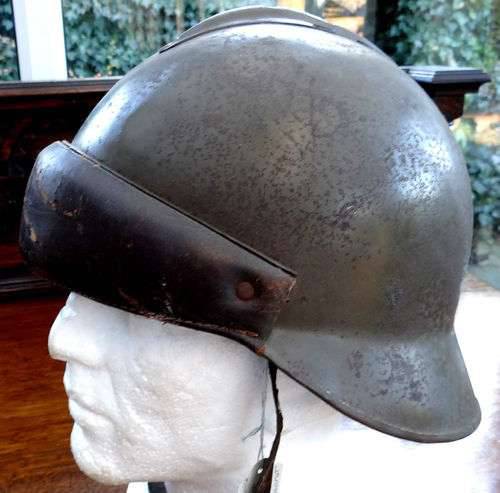
The decision to develop a helmet directly for tankers was made by Adrian in September 1917. Working on a new version of his helmet, he replaced the front visor, securing in its place a thick shock roller, which was made of dark leather. Also, an emblem of assault artillery appeared on the helmet (from October 1917, a knightly helmet of the Arme type, which was put on crossed cannon barrels). The chin strap, thick shock absorber and petal sub-sole were made of brown leather. These helmets were painted in a dark blue color - "the color of the horizon."
Complete with Adrian’s tank helmet of the 1917 model, from which it wasn’t taken, there were drivers or aviation glasses. However, in order to protect the face, some tankers clung to the helmet a special leather or steel mask with goggles, blinds and a chain mail “beard,” French tankers from the First World War borrowed these masks from foot soldiers. In the infantry, they were often used by observers in the trenches. The masks were designed to protect tankers from small bullet fragments, chips from the inside of the armor and lead spray. This was necessary, since the German infantry from the beginning of the use of steel monsters on the battlefield began to concentrate machine-gun fire on the open viewing slots of the tanks. For this reason, injuries to the face and eyes accounted for a significant percentage of injuries to members of tank crews. At the same time, both English and French tankers during the First World War often went into battle in gas masks, regardless of whether the enemy conducted a gas attack or not.
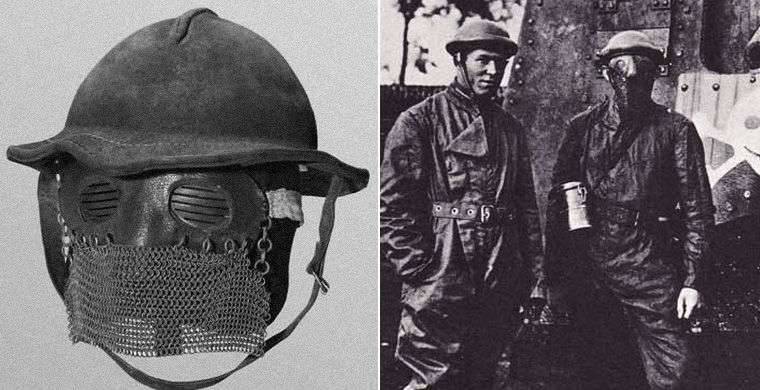
In our country, finding a person who would not know what a tanker's helmet looks like is practically unrealistic today, if we are not talking about small children. It is difficult to say why it was such a silhouette and form that was chosen for the tank helmet in the Soviet Union. It is only known that the familiar tank helmet appeared as early as 1934, while it underwent a number of upgrades before World War II. The Soviet tankmen met the war in a helmet of the 1938 model of the year. The aviation equipment of the aviation type helmet was started to be equipped only at the end of 1942 of the year, after which it was renamed the headset, and the common version of the tank helmet received the nickname “talking hat”.
According to the technical conditions of 1938, several variants of helmets for Soviet tank crews were envisaged - leather, covered with kersey, kersey and fur. The skin helmet of the tanker was sewn from a black shevret, a dark blue bike was used as a lining. From the forehead to the back of the head on the helmet there were three rollers that served as shock absorbers, in the front part there was a headrest. From the sides of the helmet there was either one roller, which was sewn in the center, or three, located in a fan. An essential element of the Soviet tank helmet were valves that were designed to protect the tanker's ears. All rollers or ribs were filled with horsehair; in later models of helmets, technical fibers were used for this purpose. Already during World War II, radio equipment began to be placed in the enlarged sinuses and special pockets on the helmet flaps (oval cups of laryngophones and telephones, as well as connecting cords). The Soviet headset, as in fact, practically the entire Soviet military machine was distinguished by a certain conservatism, for this reason for almost 80 years of its existence the tank helmet did not undergo any particular changes.
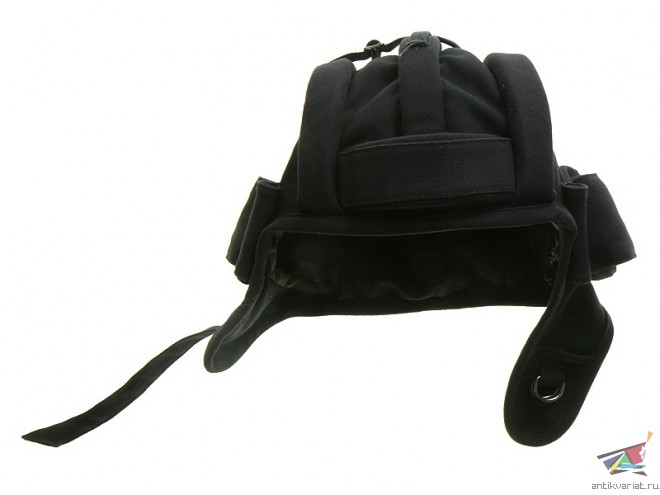
In the USA, they only thought about creating their own tank helmet in 1938. According to the technical specifications, it should be light and at the same time durable, have good ventilation, easy to remove and put on. Also, he had to be necessarily adapted to accommodate radio headphones. The winner of the competition for the creation of a tank helmet was the company Rawlings Manufacturing Corporation, which presented its development to 1940, which received the designation M1938. In this case, the basis of the tank helmet was taken protective headdress, which was used by athletes who play American football.
The first American tank helmet was made of compressed chemical fiber; for ventilation there were 10 holes on it. Lining the leather valves to protect the ears and the so-called "rear wing", which was attached to the helmet and was designed to protect the back of the tanker's head, were made of the same material. In the side wings of the M1938 helmet were equipped with holes for the installation of headphones. Inside the helmet was a balaclava, which was a 4 leather petal, connected at the top with a cord. This helmet did not protect the tanker from bullets and fragments, but was notable for its lightness of construction, weighed only about 500 grams. When exiting a tank, a tanker could easily put on a standard American M1 steel helmet over a tank helmet.
The first batches of these helmets hit the US Army by the end of 1941, and showed their best results. For this reason, the US government has decided to mass release them. By the end of the war over the release of these “half-sports freaks”, the helmet was not the most attractive outwardly, at least 4 of large corporations worked. The helmet was very popular among tankers and was even exported to Australia, the UK, China and Israel. American tankers used this helmet until the beginning of the Vietnam War.
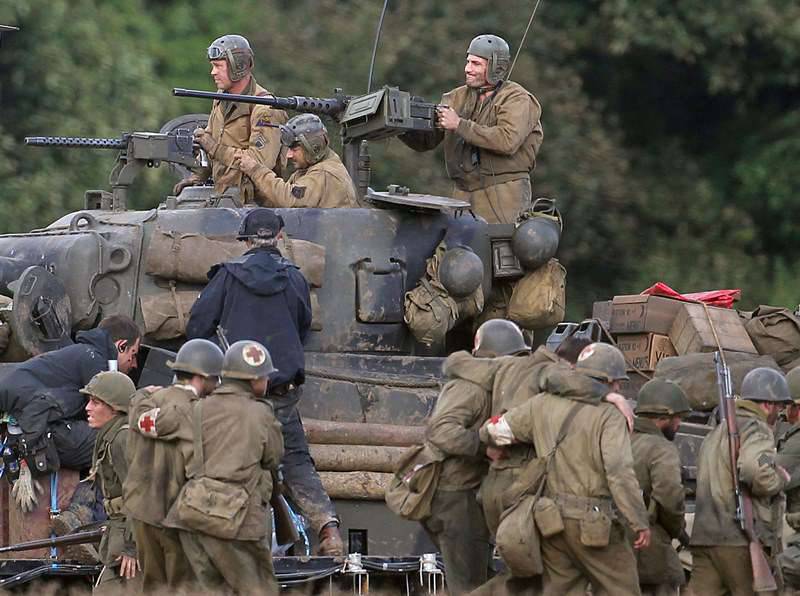
The German tank crews during the First World War differed little from their English or French colleagues. For head protection, they used a leather shock-absorbing helmet with protective rollers, which resembled those already worn by aviators, or simplified versions, which in their form resembled the helmets of British infantry. In order to protect their face, they used metal and leather masks with slits for the eyes, which were usually covered with canned glasses. Also a mail beard could be attached to this mask, which was supposed to protect the neck area of the tankman from splinters. In such a vestment, the German tanker was a rather awesome sight.
Curiously, during the Second World War, German tankers did not use helmets. In this case, a protective headdress, created before the war, they had, in fact, representing an ordinary beret. The German tank helmet consisted of two parts: a large soft beret and a balaclava, which directly fitted the head. The beret was worn over the padded balaclava on the oilcloth lining and closely fitted to the balaclava. The cap comforter was covered with black wool.
Already during the campaign in Poland, only the caps covered the head of the German tankers. The reason for the refusal of the Germans from helmets is still the subject of fierce disputes between experts and amateurs. According to one of the versions, the pre-war German tank helmets simply did not fit in with the radio equipment that the German tank units relied on very seriously from the very beginning of World War II. According to another version, the German tanks were quite spacious and comfortable, so head protection was not required. Anyway, for the entire period of the war in Pancervafe, no special headgear was worn, which tankers would wear in a tank. There is evidence that the development of a tank helmet was carried out in Germany in 1940, but the matter did not go further than the experimental samples.
Curious and curious is the fact that in some Soviet films, which were devoted to the events of World War II, German tankers are depicted in tank helmets, while in each film they are different. One of the most striking examples was the four-part film “Blockade”. Because of ignorance or misunderstanding, how can you manage a formidable fighting vehicle without protecting your head, the whole film was used by German tankers to wear helmets similar to the Italian ones, which were used by allies of the Nazis during the war: Italians, Romanians, Hungarians. These helmets from the film themselves, apparently, were fiberglass helmets for motorcycling, painted black.
If we talk about Italian tank helmets, then by the beginning of the 1930-s, tankers of this country were wearing aviation helmets. However, in 1935, the army received a new helmet, designated M1935. The dome of this helmet was made of fibers and leather-covered on top. The fields of the helmet were laid with a special roller, which was filled with technical cotton, the roller was supposed to serve to quench the force of impact. Unlike many other tank helmets of those years, the Italian helmet lacked wings on the sides and rear. Instead, there was a rectangular piece of leather that was sewn to a helmet like a raincoat. Italian tankers usually covered their eyes with aviation glasses.
The Italian tank helmet was distinguished by its simplicity of design and technological solutions, but it proved to be quite good. Moreover, the M1935 tank helmet became one of the few that later migrated from the tank and other types of troops. For example, in the Italian army it was considered normal practice when amphibious units were equipped with tank helmets. Later, police officers began to wear it as a headdress. This tank helmet continued to serve the Italian military almost unchanged until the 1960-s. During this time, he managed to serve as a prototype for the creation of tank helmets in several European countries. For example, in Hungary, this helmet was modified by replacing the side air vents with mounts for communications.
The Japanese tank helmet of the 1938 model of the year was unusual, but perhaps it looked better than many Japanese tanks, which are difficult to call awkward as otherwise. This tank helmet was a cork hemispherical frame, which was covered with cotton cotton cloth from above. The fabric cover of the helmet formed six triangular patches that were sewn together. In the upper part of the dome, where the flaps of fabric met, there was a single vent hole. This tank helmet, like the American one, was reminiscent of sports, representing a militarized likeness of a “jockey helmet”. A textile pentagonal star was placed in the front lower part of the helmet on a sewn cloth pentagonal cockade.
On the tanker's head, the helmet was held using a leather chinstrap and two valves, to which radio communications could be mounted. Despite the simplicity of its appearance, the insides of the Japanese helmet were very interesting and were quite effective, evenly distributing the impact energy. Eight sectors of the petals of the skin, four on each side, in the center were connected to each other with the help of lacing. The depth of the head position in the helmet could be adjusted using a cord that passed through the holes in the sectors. Like other WWII tank helmets, he could not protect his owner from bullets or shrapnel, while the Japanese helmet also had no structural protection for the ears and neck.
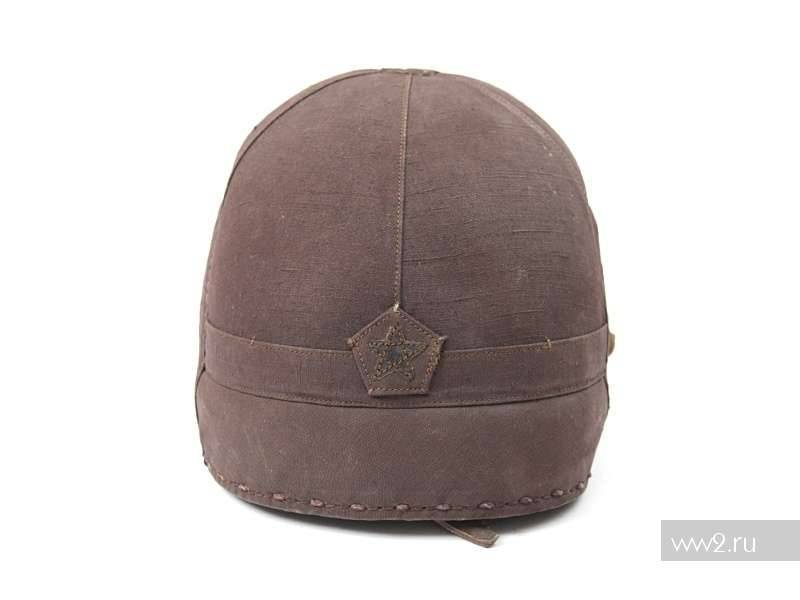
Information sources:
http://warspot.ru/2527-dlya-teh-kto-v-tanke
http://tanki.kruzzz.com/ekipirovka-francuzskix-tankistov
http://www.helmets.ru/cat_uk.htm
http://www.ugv.su/obmundirovanije/tankisty.php
http://karopka.ru/forum/forum173/topic426
Open source materials
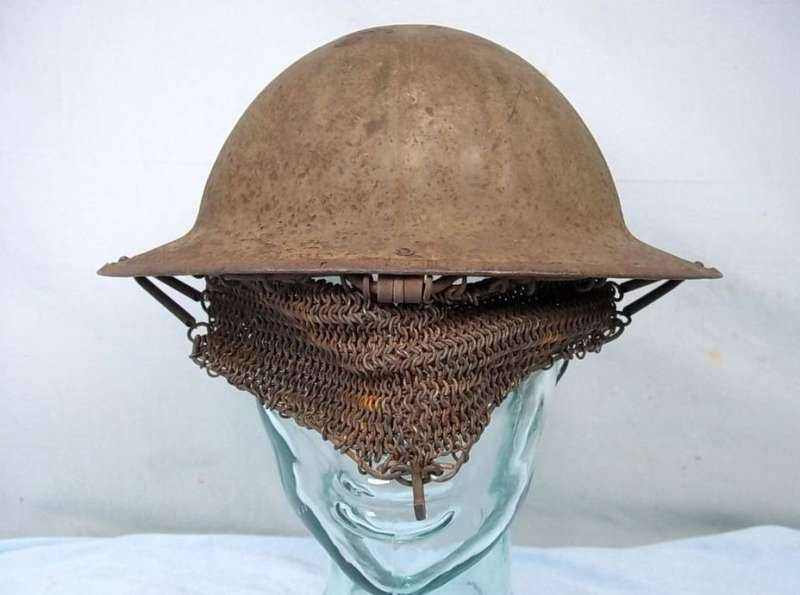
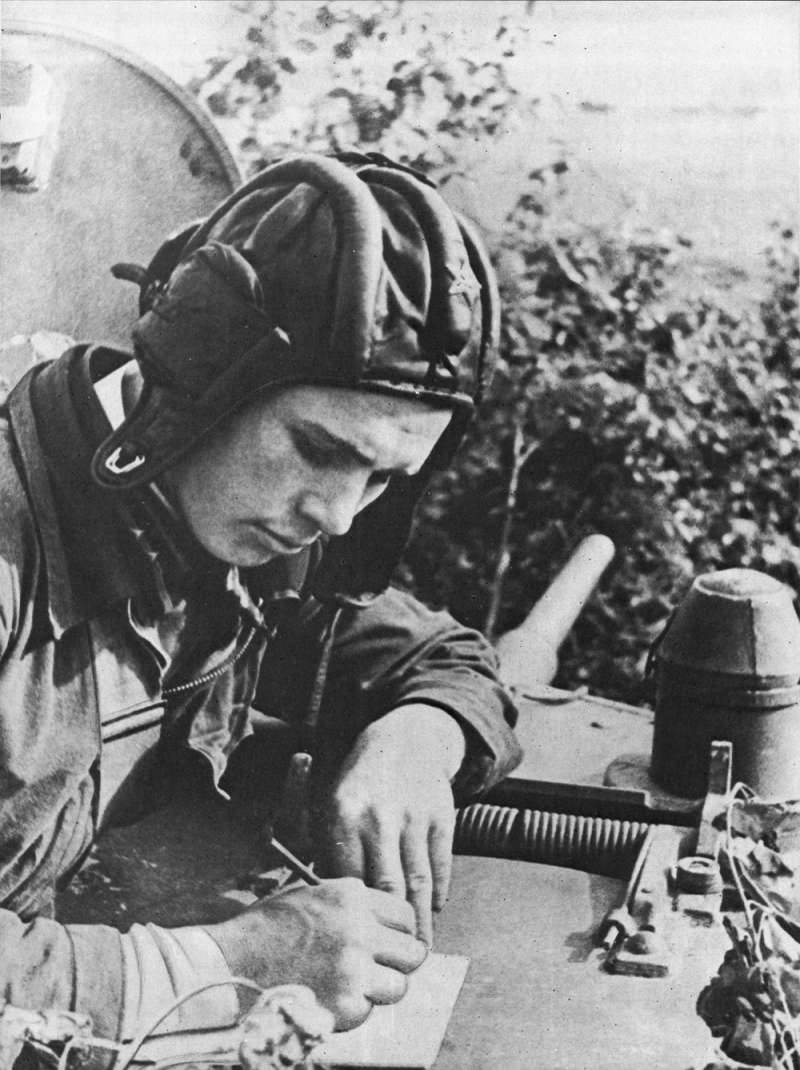
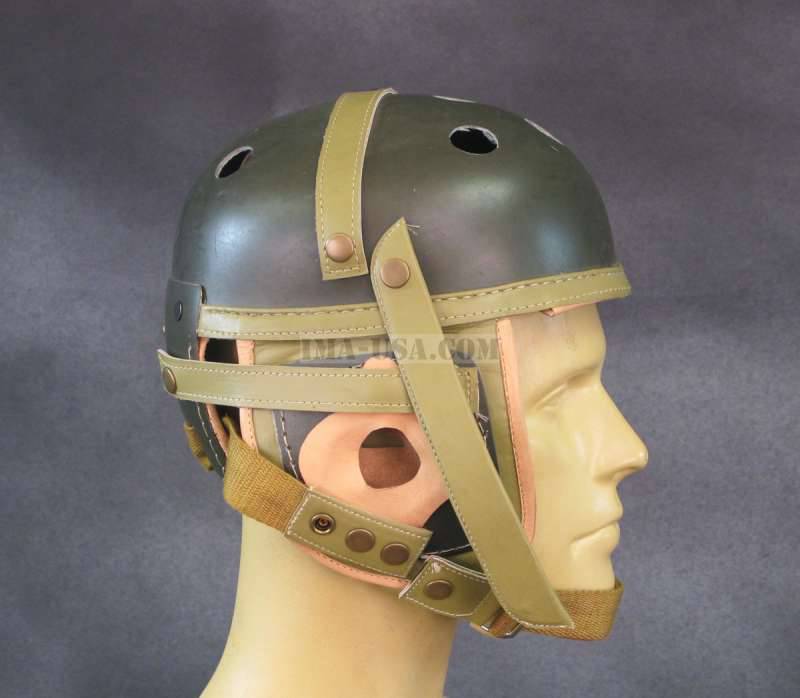
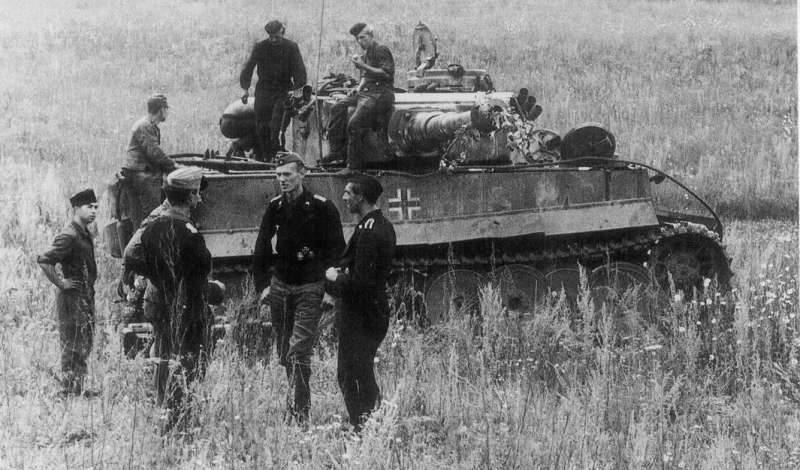
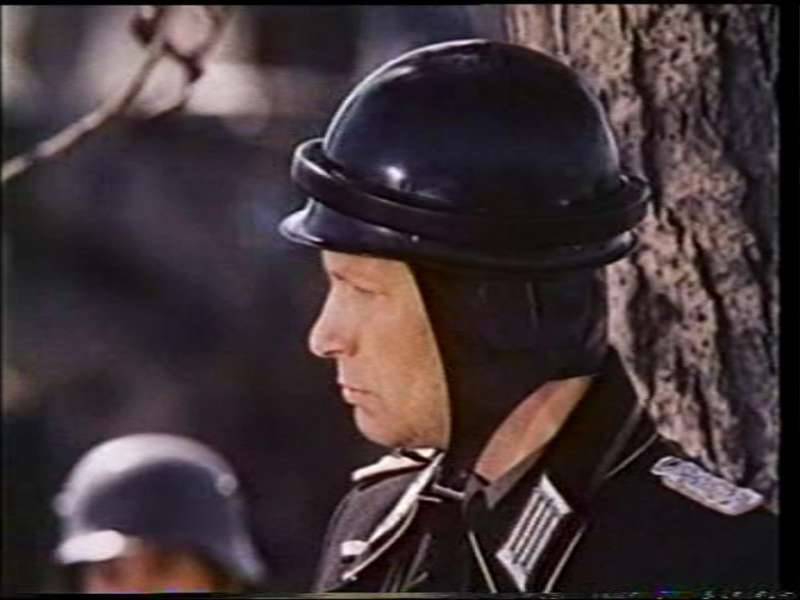
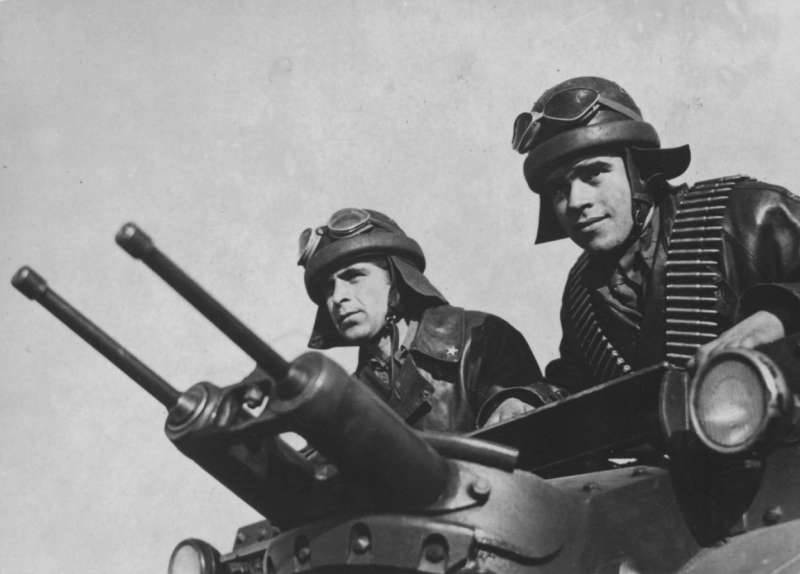
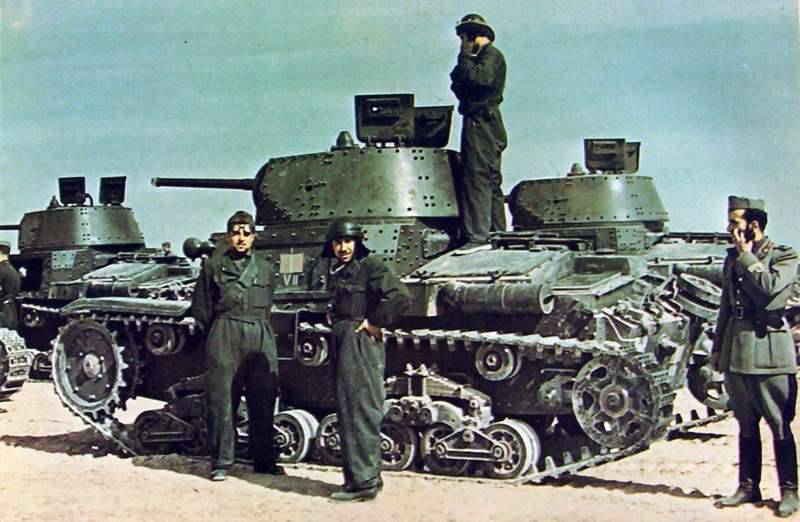
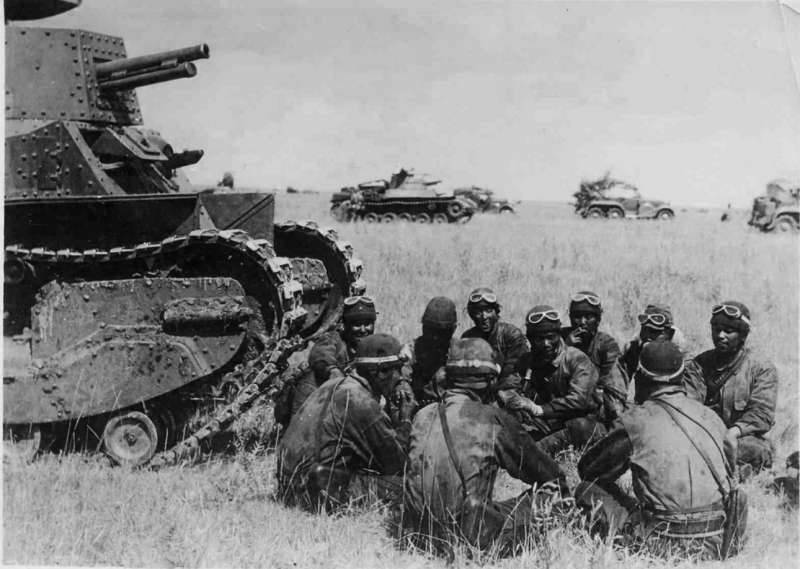
Information